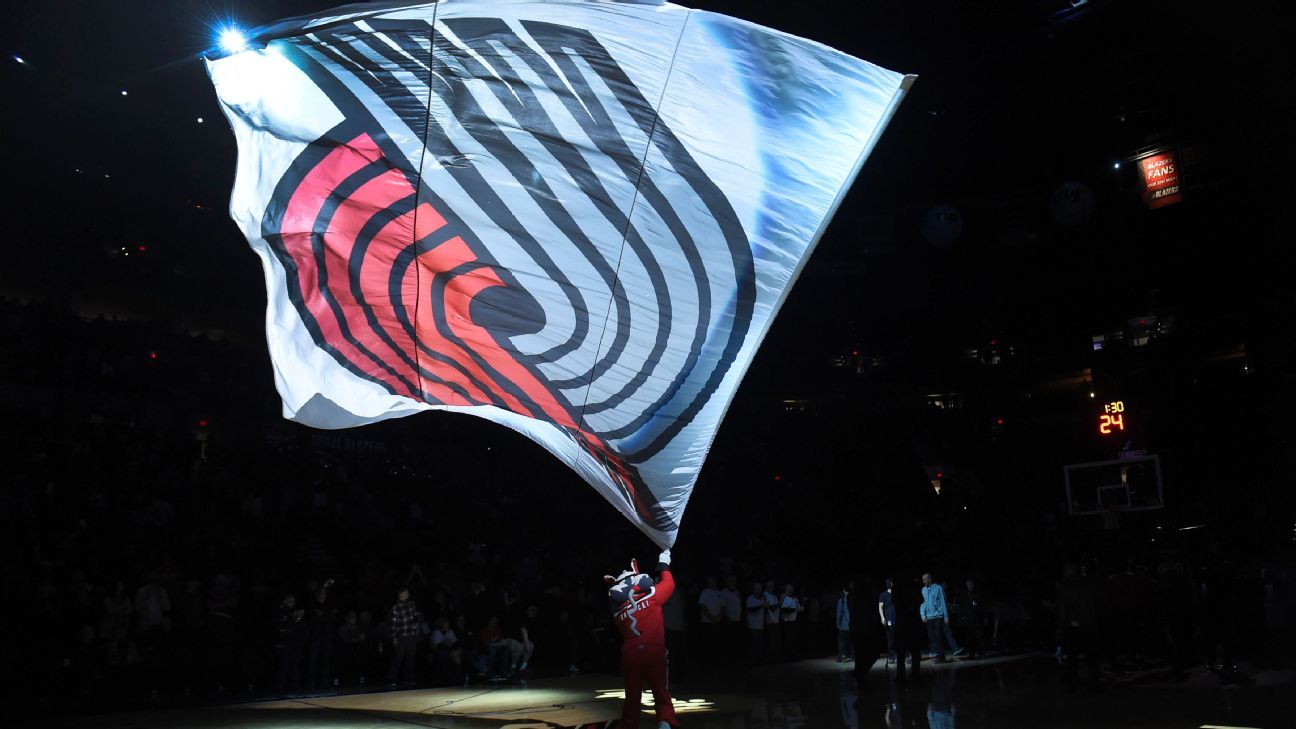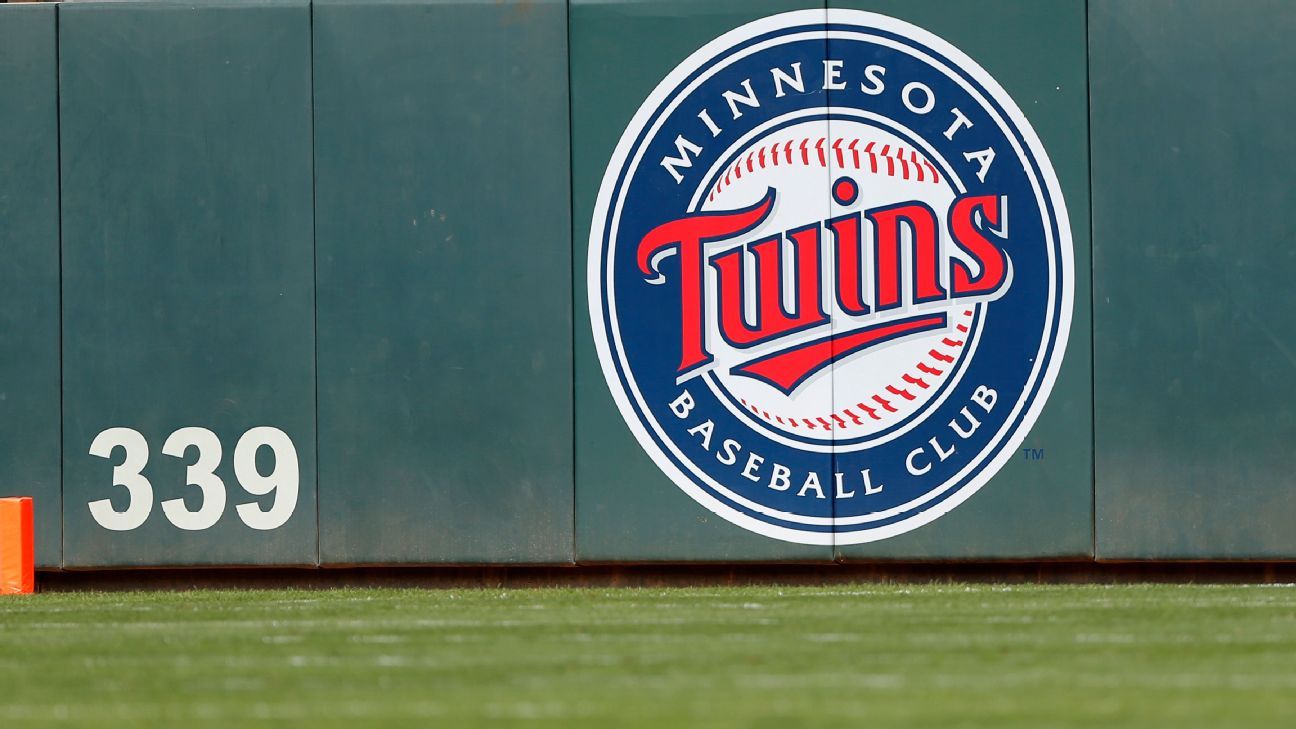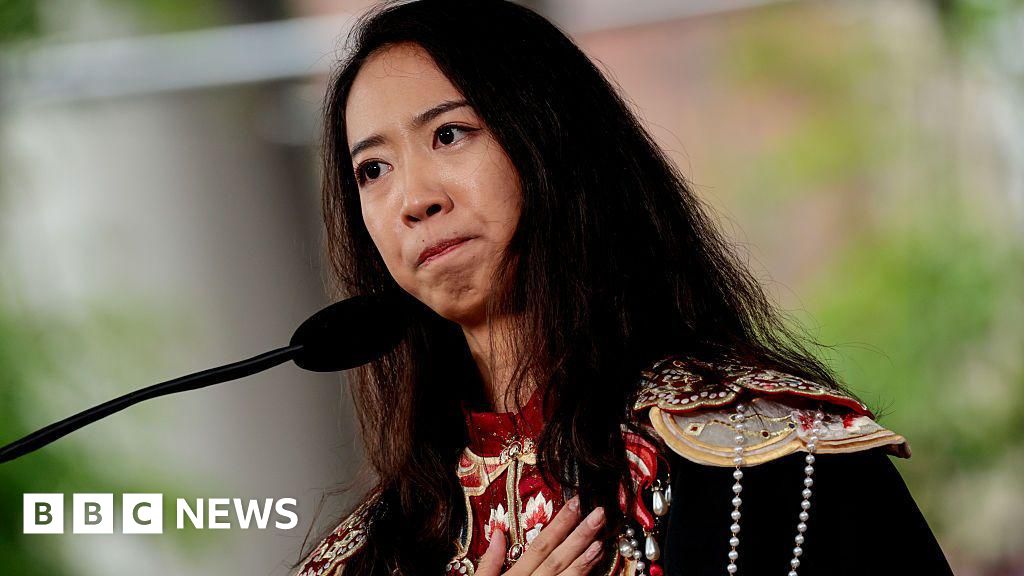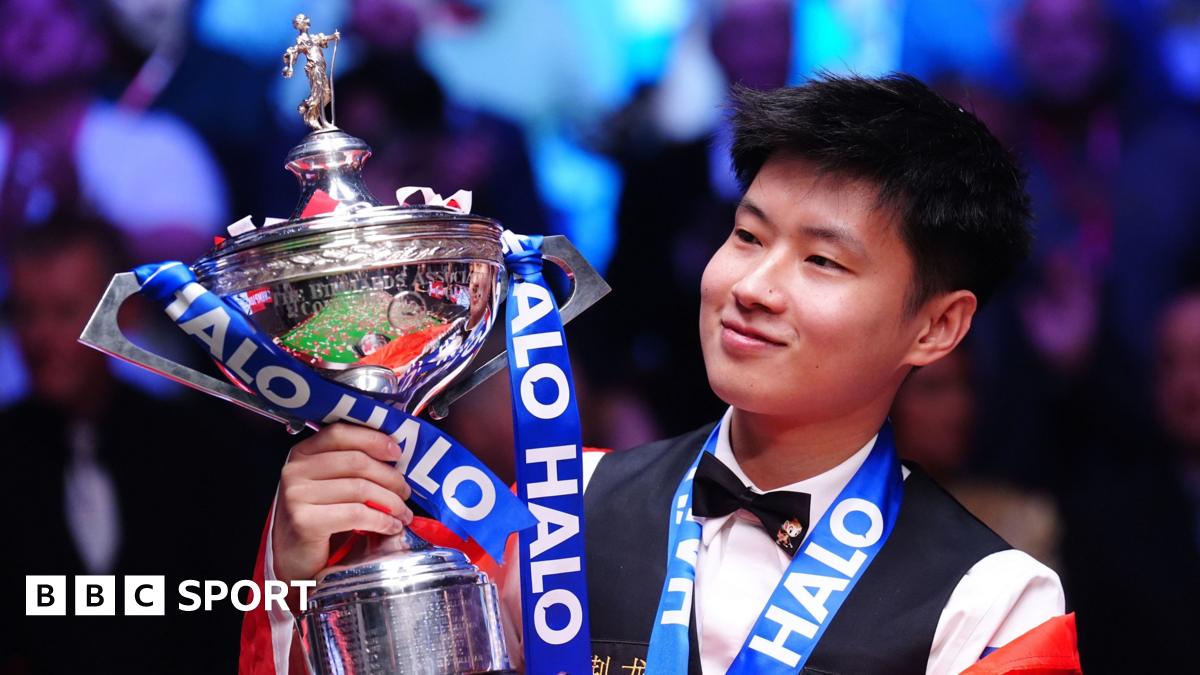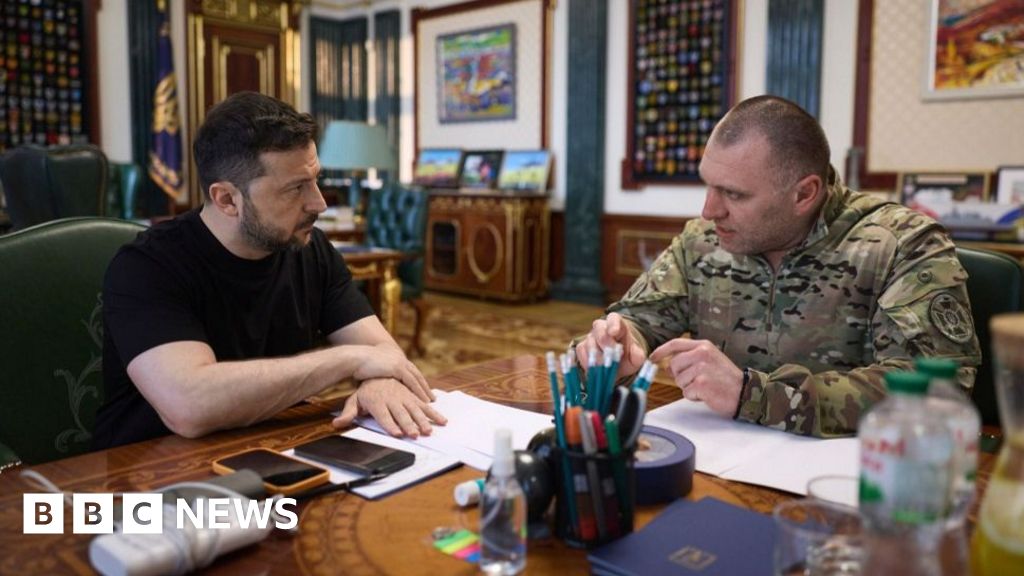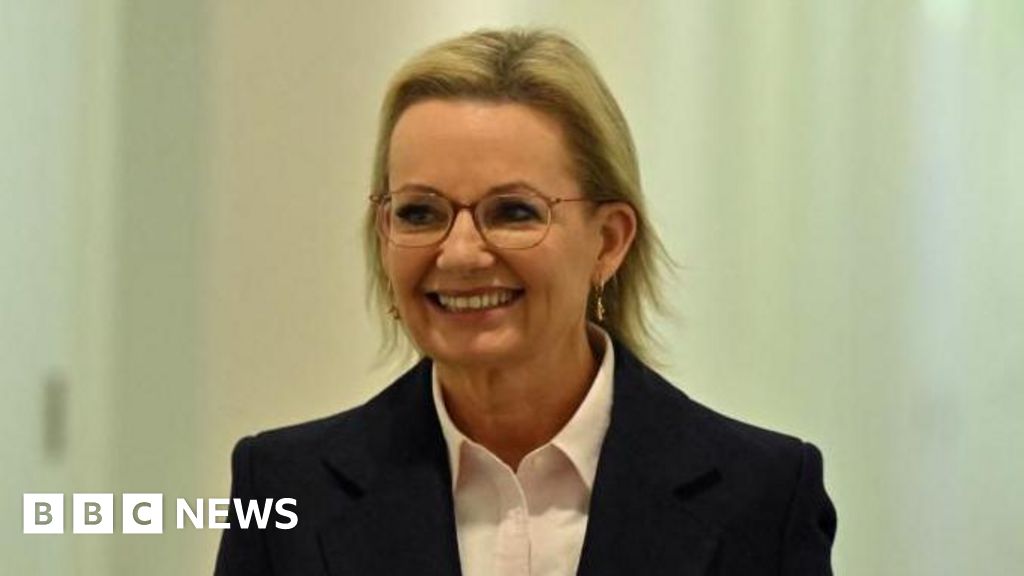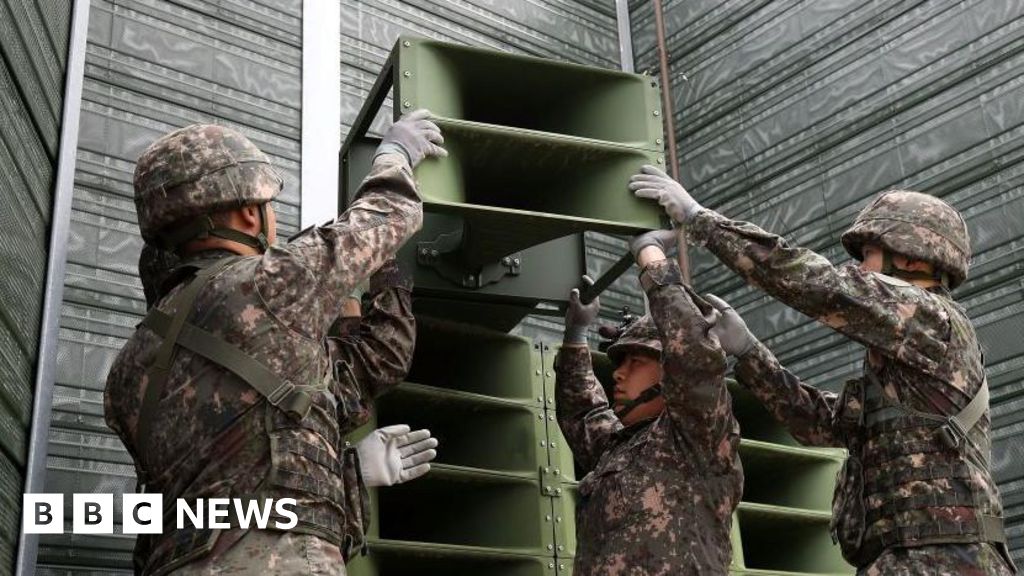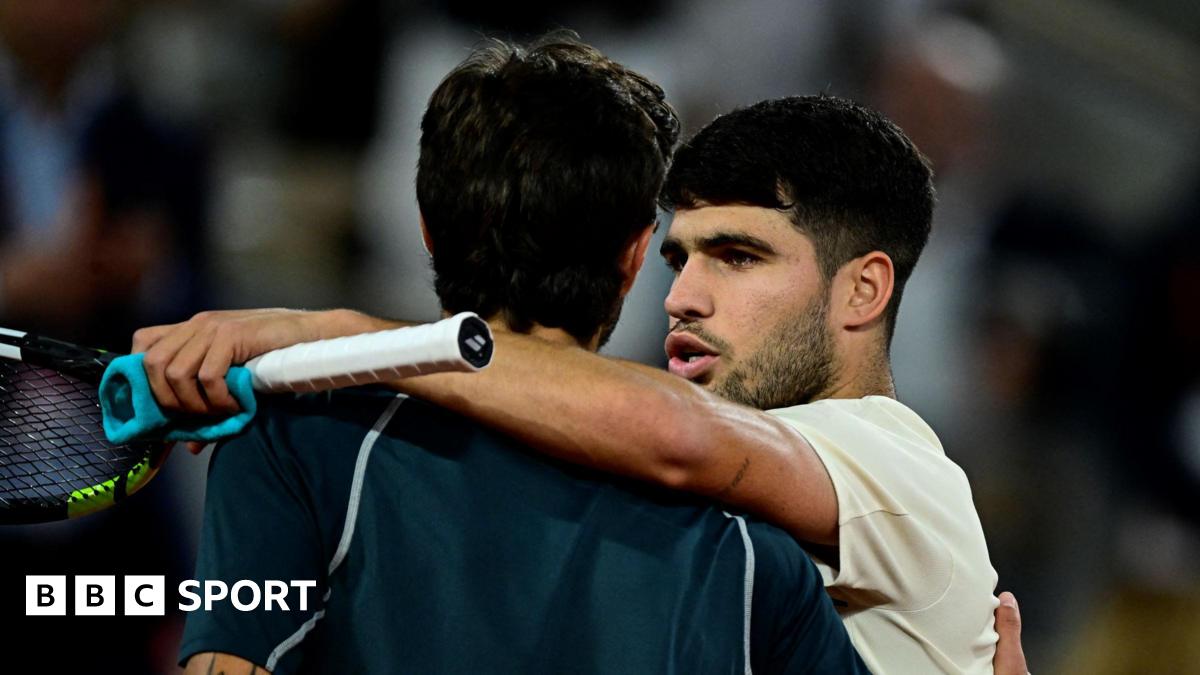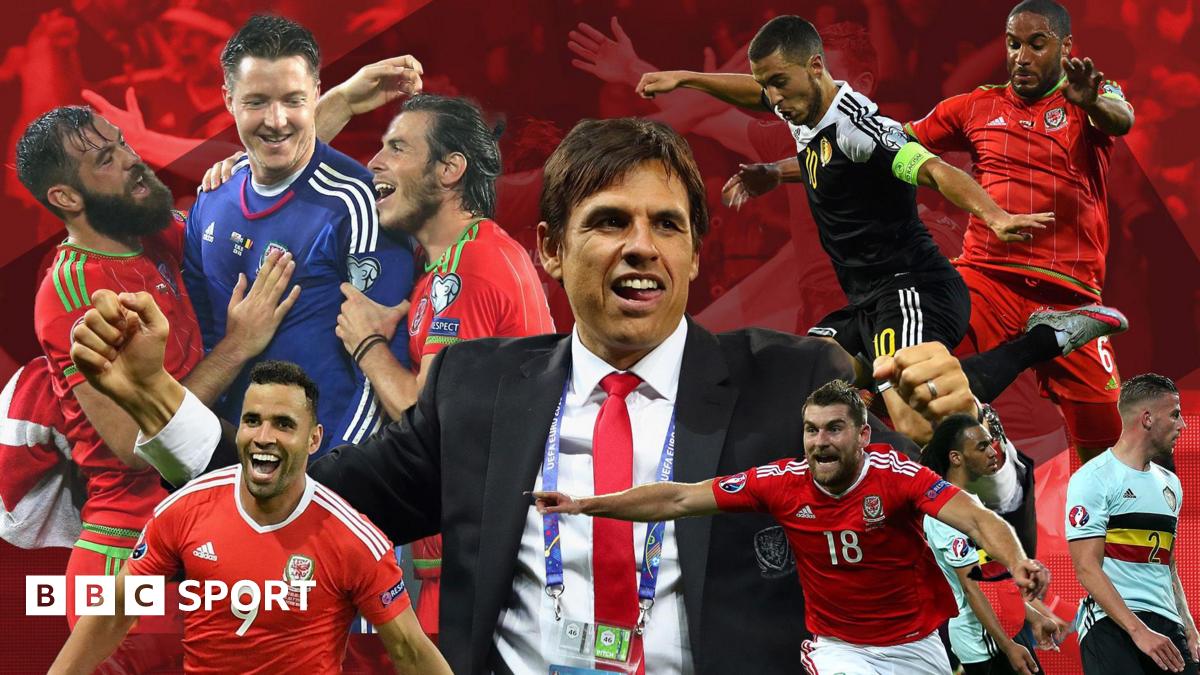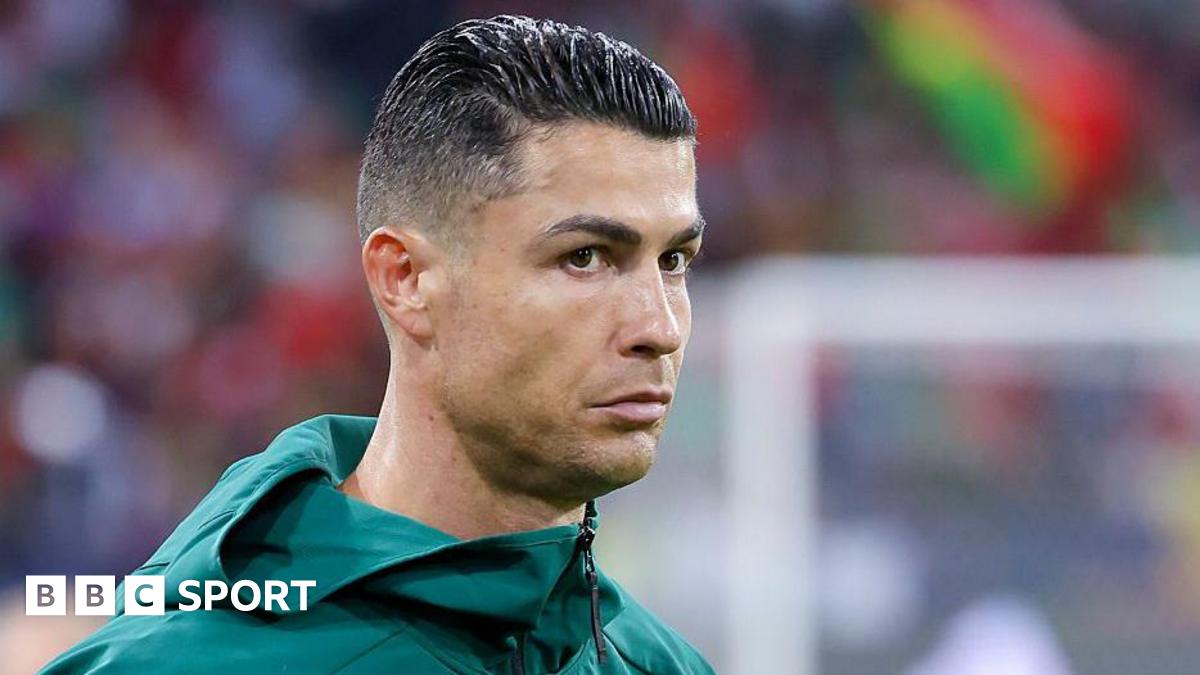
Rachel DoerrieMay 8, 2025, 07:30 AM ET
- Rachel Doerrie is a professional data consultant specializing in data communication and modelling. She's worked in the NHL and consulted for professional teams across North American and Europe. She hosts the Staff & Graph Podcast and discusses sports from a data-driven perspective.
The IIHF under-18 world championships are done, and the draft lottery is also in the rearview mirror, so it is time for the next big board for the 2025 NHL draft in June.
Unlike the earlier iteration, these rankings are not based solely on model outputs. They more heavily include viewings, insight from scouts and an evaluation of how the play styles and skills will translate to the NHL level.
Quite a few players shot up the draft board because of elevated projections, rarity of package and upside. Some fell down the draft board related to concerns of translatable skills, discrepancy in projections and concerns about having a "B" game.
There is such variance this year, with a consensus top two, along with two more players below them ... and then all bets are off. There are a few pathways for teams in the top 10 to choose from: a high-floor, lower-upside player or a unicorn-upside, high-risk player. Each of those is weighted in the rankings, and by no means is this a mock draft.
With all that considered, these are the top 32 players, along with some honorable mentions, for the 2025 NHL draft.

1. Matthew Schaefer
D, Erie Otters (OHL)
The Erie Otters defender is projected to become a true No. 1 cornerstone for years to come. A dynamic presence at both ends of the ice, the 6-2 blueliner skates with ease and uses his agility to shut down opponents in one-on-one situations, while creating offense with excellent rush capabilities.
Across the league, executives and scouts view him as a future elite NHL defenseman and a foundational piece for a championship-caliber roster. With the ability to control play from the blue line, play tough matchups and run a power play, Schaefer has the tools to become a top-10 defender in the league.

2. Michael Misa
C, Saginaw Spirit (OHL)
Misa, granted exceptional status in the OHL, delivered one of the most remarkable goal-scoring seasons in recent memory, netting 62 goals in just 65 games. He confidently projects to be a top-line forward with the potential to consistently exceed a point-per-game pace at the NHL level.
Misa's offensive instincts are elite. He processes the game at a high level and executes at high speed. He's NHL ready, and has the potential to become an elite top-line center if his development continues on its current path.
His two-way game took a major step this season and, when paired with his explosive speed and offensive firepower, Misa profiles as a foundational piece around which to build a Stanley Cup contender.

3. James Hagens
C, Boston College Eagles (NCAA)
A skilled center, Hagens projected to be a top-line center or one of the NHL's best second-line centers. He brings a good work rate with excellent speed and two-way ability that should see him effectively drive play at the NHL level. The professional details of his game, such as supporting the puck, winning battles and defensive anticipation, will ease the transition to the NHL while he finds his offensive gear.
Hagens likely needs another season at Boston College to further develop his decision-making and add a more dynamic offensive gear to become a top-line NHL center. His understanding of spacing and his anticipation ability stand out among his peers. There's a mix of Clayton Keller and Matty Beniers in him in terms of playmaking skill and two-way ability.

4. Porter Martone
RW, Brampton Steelheads (OHL)
The 6-3 right winger projects as a high-end second-line player with a competitive streak reminiscent of Corey Perry and Tom Wilson. A big, physical forward, Martone is a dual-threat offensive player with ability to score on his own and facilitate. His competitive nature will make him an effective agitator, and he will physically impose himself on opponents. He needs to hone his competitiveness and physicality to increase his effectiveness, and adjust his skating posture to become a more efficient skater.
His unique combination of scoring ability, size and hard skill make him a very attractive prospect. While his most confident projection is a top-six forward, Martone has a legitimate chance to become a top-line winger if his skating improves.

5. Roger McQueen
C, Brandon Wheat Kings (WHL)
One of the most hotly debated prospects because of injury concerns -- he played only 17 games this season -- and also his incredible natural abilities.
McQueen is described as "a unicorn" because he's a 6-5 center who skates with the speed and mobility you'd expect from a smaller player, despite some odd mechanics, which may be a function of adjusting to his size. His projection as an elite top-line center lacks confidence due to lack of playing time. Elite right-handed centers are rare in the NHL, and McQueen's size and willingness to physically dictate play add significant value. He has professional defensive habits that are translatable to the NHL, as well as unique offensive upside.
He is a textbook case of high risk, high reward. McQueen needs to play against tougher competition, where he will be forced to develop his ability to protect himself and the puck, and create offense against bigger bodies. If developed properly, he could become a two-way force in the NHL.

6. Anton Frondell
C/RW, Djurgardens (Allsvenskan)
Frondell is a versatile two-way forward who plays both center and right wing. His flexibility is attractive to teams, although many believe he is most likely to reach his potential as a winger in the NHL. Frondell is coming off one of the most productive seasons by an under-18 player in Allsvenskan history, giving him a confident projection as a first-line NHL forward.
He's a cerebral player who picks apart defenders in one-on-one situations -- and defensive coverage in offensive zone play. The details of Frondell's game are translatable, including excellent forechecking ability, willingness to attack the middle of the ice and high-end anticipation on both sides of the puck.
Frondell has shown play-driving capabilities against senior-level players in the Allsvenskan, which has translated to the NHL in the past. He's projected to produce between 75 and 85 points per season. His play style translates well, and has executives excited about his ability to step in the league in the next 18 months. His two-way ability combined with great anticipation and incredible puck skill make him one of the more captivating prospects in the draft.

7. Jackson Smith
D, Tri-City Americans (WHL)
Smith is a big, physical defenseman who is the consensus second best defender in the draft class. As a pure defender, Smith possesses all the qualities of a top-four matchup guy. He defends the rush very well, closes gaps and steers the play in transition. His offense started to develop more toward the end of the season, and he had a strong showing at the IIHF under-18 tournament. Given the importance of transition defense in the matchup role, Smith has a real chance to reach his ceiling projection of a No. 3 matchup defender.
Smith possesses a blend of skating, size and poise. Smith's development will be about using his excellent mobility to prevent rush offense, becoming a more consistent offensive threat and continuing to develop his decision-making. If Smith can drive play on both sides of the puck in transition, he has a chance to become a No. 2 defender.

8. Victor Eklund
LW, Djurgardens (Allsvenskan)
Eklund projects as a top-six forward with a fair chance of becoming a top-line contributor. Despite concerns about his size, Eklund's play style is very translatable to the NHL. He plays a lot bigger than his measurements suggest, with a high-end motor and excellent forechecking ability. Should he grow, which has happened to other prospects in the past, Eklund's projection becomes more confident as a 70-point producer.
Eklund excels in transition and attacks defenders with speed and fearlessness, darting to the inside and positioning his body to win or protect pucks. His smaller size has forced him to learn how to protect the puck with excellent body positioning. His off-puck play is very mature and should quickly translate to earned trust from NHL coaches. He has the potential to be a difference-maker in the NHL, and there is every reason to believe his blend of hard-nosed play with soft skill will translate seamlessly to the NHL.

9. Caleb Desnoyers
C, Moncton Wildcats (QMJHL)
Desnoyers may go higher than ninth overall because he is one of the best two-way players in the draft. He has been described as a coach's dream in that he can take an offensive or checking assignment and execute consistently. Desnoyers projects to be a quality second-line center, with a decent chance of becoming a first-line player.
He's a cerebral player with excellent playmaking ability. It isn't that he's flashy and will get you out of your seat, it is that he's consistently effective and makes intelligent plays with the puck. In other words, he's reliable. As one scouting director described: "He's the type of player you win with." Some have quietly compared him to Patrice Bergeron and Jonathan Toews.

10. Jake O'Brien
C, Brantford Bulldogs (OHL)
O'Brien projects to be a point-producing top-six center with a chance to become a top-line center. The right-hander is one of the best playmakers in the draft, creating high-danger chances with regularity. O'Brien's elite playmaking skills will be that much more valuable if he can add speed.
O'Brien's two-way ability has consistently improved this season, through puck support, good defensive tracking and quality stick positioning. He lacks dynamic skating but plays a projectable two-way game. There is risk because he's slighter than other players available at the center position, but O'Brien should comfortably be a top-six point producer in the NHL.

11. Carter Bear
C/LW, Everett Silvertips (WHL)
Bear is the type of player that a team looking for high-end skill and playmaking covets. He's versatile and projects as a 65- to 75-point second-line player, with most believing he'll be a full-time winger. He's an excellent playmaker with good hands in tight spaces, making him a threat around the net, and one of the best offensive facilitators in the draft.
In addition to his offensive gifts, Bear has professional defensive habits that will translate well. His skating posture needs to be more upright to allow him to develop a more explosive stride to take advantage of his skills. Bear is a good mix of soft and hard skill with reliable defensive traits, and is the perfect second-line player who should thrive in a matchup role.

12. Brady Martin
C/W, Sault Ste. Marie Greyhounds (OHL)
Martin has scouts raving about him after an excellent performance at the IIHF under-18 tournament, tallying 11 points in seven games. He's a workhorse without an off switch, who brings a blend of physicality and hard skill. Martin projects as a middle-six forward capable of scoring 20 goals, with upside as a second-line forward. He's a Swiss Army Knife-type player who will be most effective on the wing because of his strong wall play.
Most top prospects are invisible if their A game isn't there, but Martin finds ways to get involved physically, and those traits are translatable. If Martin's scoring doesn't translate, he'll be a valuable member of a third line. The hard-nosed style is rare in today's NHL, and Martin's play style is attractive to many scouts who believe he's the type of complementary player teams need to win in the playoffs.

13. Justin Carbonneau
RW, Blainville-Boisbriand Armada (QMJHL)
Carbonneau possesses a toolbox of attributes that teams covet, including powerful skating and dynamic attacking presence. He projects as a top-six forward with significant variance, and is likely end up as a complementary middle-six player. Carbonneau can drive offense with his playmaking and skating ability, and though he lacks a standout special talent, he plays a well-rounded offensive game that includes playing through contact, good puck skills and a decent shot.
Carbonneau is a player with high upside, and there is inherent risk with his projection. He thrives when given time and space, and his development will come from learning to simplify his offensive attacks, drive to middle ice and play off his teammates. He has tools to become an effective power forward in the NHL with a few years of development.

14. Radim Mrtka
D, Seattle Thunderbirds (WHL)
A 6-6, right-handed defenseman with good mobility who plays in all situations has scouts very excited. Mrtka confidently projects as a top-four shutdown defenseman because of his excellent stick work, mobility and transition defense. Mrtka should develop into a strong transition defender, a reliable penalty killer and be a steady shorthanded presence.
He lacks the offensive prowess scouts would like to see in a top-pair defenseman, but his skating, size and intelligence give him the tools to develop into a reliable, minute-munching, shutdown defender. His late birthday gives him lots of development runway to refine his offensive playmaking, first passes and general understanding of how to best use his physical gifts.

15. Logan Hensler
D, Wisconsin Badgers (NCAA)
The 6-2 defender projects as a second-pairing defenseman with relative confidence. Hensler is very difficult to beat because he moves well and maintains good gap control. He lacks a dynamic offensive trait, but he has looked good when he activates in the rush. There are offensive flashes of head fakes and using his mobility to beat players that, if developed, would be critical to solidifying him as a two-way defenseman.
Hensler is a longer-term project who likely needs three years before he's ready to make an impact in the NHL. His decision-making under pressure and ability to execute quality plays with consistency will make or break him as a high-end prospect. There is lots to like about his game, with the mobility and transition defense expected to translate well, but he lacks the high-end upside of other defenders in the draft class.

16. Lynden Lakovic
LW, Moose Jaw Warriors (WHL)
The 6-4 left winger has translatable scoring ability and excellent speed for his size. He attacks using his big frame to protect the puck and makes plays using good deception. He has the potential to be a dual-threat winger if he can develop his playmaking and decision-making. Lakovic projects to be a middle-six winger with fair confidence because of his scoring ability, speed and size.
Lakovic's development will come on the physical side and in decision-making. He needs to lean on defenders and force his way to middle ice to take advantage of his quick hands and shot. Lakovic has quality offensive upside that projects confidently as an NHL player, with potential to be a 60-point player.

17. Braeden Cootes
C, Seattle Thunderbirds (WHL)
A right-handed center, Cootes was a standout performer at the under-18 world championships. He projects to be a middle-six player with value on both sides of the puck. His floor is likely a third-line checking center, similar to Yanni Gourde. Cootes possesses excellent speed that allows him to push the pace and drive play. He anticipates the game at a high level, allowing him to take advantage of his speed at even strength and on the penalty kill.
Cootes has a longer development path and needs to get a little stronger to truly become a quality NHL center. His relentlessness on the puck and strong playmaking qualities make him a desirable asset in this year's draft. There is a lot to like about his toolbox and, if developed with patience, he could be a solid second-line contributor.

18. Kashawn Aitcheson
D, Barrie Colts (OHL)
There's a very real chance that Aitcheson goes in the top 10 given the type of game he plays, but his projection as a No. 4/5 defender sees him below other players with higher upside. Aitcheson plays with all kinds of truculence and aggression, while possessing an aura of confidence on and off the puck. He has all the makings of being a complete menace who plays tough minutes and projects as a No. 4 defender.
Scouts see him as a hard-nosed two-way defender with significant bite who can be a momentum shifter with his physical presence.
He needs development time, as his skating and playmaking are very raw, but the competitive attributes and his development curve this season are very promising. Aitcheson's involvement on offense developed as the season progressed, but he's likely two or three years away from being ready to step in. When he does, he's exactly the type of defender every coach and GM would want on their team.

19. Cameron Schmidt
RW, Vancouver Giants (WHL)
While size is not the be-all, end-all, it is exceedingly rare for a player smaller than 5-9 to make the NHL. I fully expect Schmidt to go lower than 19th in the draft, because he is 5-7.
However, every other model input has Schmidt as a top-15 player, with boom-or-bust potential as a second-line winger. He's got breakneck speed and excellent puck-handling capabilities, making him a dangerous offensive threat.
Scoring 40 goals in the WHL is no easy task. Only three players under 19 eclipsed the mark this season (Schmidt, along with Gavin McKenna and Carter Bear). Schmidt has great offensive instincts and needs to be more efficient with his play selection to translate to the NHL level. He can be a bit of a pest and engage physically, but if he's going to reach his ceiling, he needs to round out his off-puck play and be more consistently impactful shift to shift.

20. Benjamin Kindel
RW, Calgary Hitmen (WHL)
Kindel had excellent numbers in the WHL, putting up 99 points in 65 games. The right-winger has skill to burn, and terrific hockey sense. Kindel projects as a middle-six player with the most likely outcome being a third-line winger. He doesn't have blistering speed in top flight, but he is agile and is difficult to pin down because of his water bug style. He needs to refine how he utilizes his skill, because it lacks a dynamic trait. Adding strength will go a long way to improving puck protection and ability to drive to middle ice to create scoring chances.
Defensively, Kindel provides tremendous value. He forechecks and backchecks effectively, plugs lanes and wins his fair share of puck battles. There is real value as a checker and penalty killer that will translate to the NHL level. He consistently competes on pucks and makes life difficult with his pace of play. If his scoring translates, he will likely be a 50-point, two-way player. If it doesn't, a 40-point, two-way checker that is a plus penalty killer will be a good complementary piece at the NHL level.

21. Cameron Reid
D, Kitchener Rangers (OHL)
A slight defender, Reid is a fast and agile skater, consistently activating in the rush. Reid has upside as a top-four defender if he can develop his offensive traits, specifically his playmaking. His skating allows him to create time and space, evade forecheckers and put defenders in precarious positions. The next step is to use the space and lanes he creates to facilitate offense more effectively.
Defensively, Reid is an excellent rush defender because of his excellent skating ability and good stick work. He guides players to the outside with his stick, and uses his skating to disrupt the rush. In the defensive zone, his stick is timed perfectly to lift opponents' sticks as the puck arrives, deflect shots out of play and plug passing lanes. The upside is there because of his skating, and the development requires patience to allow him to reach top-four level.

22. Cole Reschny
LW, Victoria Royals (WHL)
Reschny may find himself higher on the board when all is said and done after a standout performance at the under-18 world championships. No player has risen the way Reschny has in the second half of the season, due in large part to his offensive production in the WHL playoffs. Reschny's projection elevated from a third-line player with a less confident projection to a relatively confident middle-six player.
He's not as dynamic as his point totals suggest, but his anticipation and reads are among the best in the draft class. He's not big, but he's effective when he physically engages and understands how to play through contact. His development will be about adding speed and strength to complement his two-way ability, and to be a Swiss Army Knife-type player in the NHL who can score 50 points.

23. Cullen Potter
LW, Arizona State Sun Devils (NCAA)
Potter had a strong freshman season in the NCAA, particularly when you consider he didn't turn 18 until halfway through the campaign. He showed consistent growth that culminated in a standout performance at the under-18 world championships. His speed is NHL level, and he's one of the best skaters in the draft class. He understands how to effectively use his skating ability to pressure players, drive pace of play and create offense. He looks to drive to the middle of the ice, makes plays at top speed and understands when to delay on the rush to allow the play to develop.
Potter is a dynamic skater with flashes of dynamic skill. His off-puck play, both offensively and defensively, improved dramatically this season, which resulted in him becoming a play driver. He has boom-bust potential, but if he hits his ceiling, there is a top-six player there. The projection confidence has steadily improved this season, and with two more NCAA seasons, Potter should be one of the best players at the collegiate level by the time he signs his entry-level NHL contract.

24. Malcolm Spence
LW, Erie Otters (OHL)
Spence falls out of the top half of the first round in large part because other players passed him, but his lack of dynamism combined with non-elite production affected his projection. His relentless work ethic, tenacity and two-way ability give him a high floor as an NHL regular. His lack of play-driving ability and playmaking see his upside as a third-line forward.
He's not flashy in any sense of the word, but he's very effective. He's one of the most defensively sound forwards in the draft, and understands how to forecheck to cause turnovers. His tenacity will translate, and his shot is good enough to be a threat from close range. Coaches love this type of player on their third lines in the playoffs, and Spence should develop into a solid complementary piece in the NHL.

25. Ivan Ryabkin
C, Muskegon Lumberjacks (USHL)
Ryabkin is a hotly debated prospect and is up and down on draft boards. Depending on who you talk to, feedback ranges from a potential second-line guy to might not make it at all. That explains his variance in model projection. He's most likely to become a depth NHL player, but there is a fair chance of becoming a middle-six, physical presence who can score 15 to 20 goals.
When he's on, it is easy to see the upside. He is crafty, identifying passing lanes and firing accurate passes to set up scoring chances. When Ryabkin moves his feet to drive to middle ice and create passing lanes, he is a very effective player. His physicality on both sides of the puck should translate to becoming a good checking-line player, with some creative scoring ability if he can develop puck protection and inside ice-battle skills.

26. Joshua Ravensbergen
G, Prince George Cougars (WHL)
It is rare that a goaltender is a consensus first-rounder, but Ravensbergen is that guy. Teams love his 6-5 frame with long limbs and good flexibility. He's able to cover significant portions of the net, and his puck tracking allows him to proactively move and aggressively angle. His lateral movement is explosive while maintaining control, preventing over-sliding and overactivity. He is sharp in his crease play, calmly directing pucks and communicating with his defensemen on coverage.
Ravensbergen has issues with layered screens, a common trait for young goaltenders and NHLers. His elite puck tracking allows him to stay one step ahead of the play, preventing erratic movements. This gives him the aura of calmness that scouts discuss, and is something that will serve him well as he strives to become an NHL starter.

27. Blake Fiddler
D, Edmonton Oil Kings (WHL)
There is a chance that Fiddler goes higher because he's a right-handed defender with NHL bloodlines -- father Vernon played 877 NHL games -- and has an NHL-sized frame at 6-4, 210 pounds. As scouts and executives say, "Those guys don't grow on trees," and Fiddler fits the mold.
He's a strong defender, taking away time and space from opponents and making life difficult in physical battles. He strongly projects as an NHL player with a chance of becoming a No. 4 D-man. Among scouting circles, there is belief he can become a second-pairing defender because he has a long development runway, and his physical play style will translate well.
Fiddler's decision-making leaves something to be desired, but he's always activating and can be taught how to be more effective with his reads. His desire to be a difference-maker and his package of plus skating, physical play and size are attractive to teams. He's a project, and will need three to four years of development to simplify his game and become an effective NHL defender.

28. Jack Murtagh
C/LW, U.S. National Team Development Program
The 6-1, versatile forward is going to provide some value toward the end of the first round. Murtagh projects confidently to be an NHL player, and scouts like his non-flashy, high-motor game. He never cheats for effort, plays a high-pace game and is physically involved. He is most likely to be a third-line forward, which fits his game style of being strong on the puck, winning puck battles and wreaking havoc around the net.
Heading to Boston University will be good for his overall development, offensively in particular. Murtagh has good playmaking ability that lacks creativity or dynamism. He's a hard-skill player, gritting his way to scoring chances in the hard areas and out-battling opponents. That won't always work against NHL defenders, meaning developing some creativity and the ability to manipulate defenders will be critical to translating offense and being a well-rounded, two-way forward in the NHL.

29. Sascha Boumedienne
D, Boston University Terriers (NCAA)
Boumedienne played more than half of his freshman NCAA season as a 17-year-old, and was the youngest player in the NCAA this season. His total of 13 points in 40 games is not the type of offense you expect from a potential first-round pick, but against his peers at the under-18s, Boumedienne set a scoring record for most points by a defenseman and was named the tournament's best defender.
His skating mechanics have improved, leading to more explosive maneuvers and the chance to develop more agile movements for transition play. He's an offensive horse, facilitating scoring chances by manipulating defenders, moving his feet and creating passing lanes. When he gets his chance, his slap shot packs significant power and should be a weapon in the NHL.
Boumedienne's defensive transition will need to improve to hit his ceiling of a second-pairing defender. As of now, he can run an effective power play, break pucks out with clean passes and create offense. His agility and ability to defend middle ice will need to develop to match his perimeter defensive ability. He's got a good stick, and is most disruptive when he engages physically. Improving his anticipation and reads will be critical to reaching his potential.

30. Jack Nesbitt
C, Windsor Spitfires (OHL)
Nesbitt has risen on draft boards in the back half of the season -- and with good reason. The 6-4 center brings a physical, defensive force and he confidently projects to be an NHL player. His upside continues to improve with flashes of one-on-one skill and the speed to drive and create in middle ice. There is a top-nine projection with less confidence; Nesbitt could become a checking center with 40-point potential.
His defensive play excites scouts because the scanning, shot-blocking, lane-filling and tracking to force turnovers under pressure will translate to the NHL. Scouts are confident Nesbitt is going to be an effective player in the NHL, and agree he'll need to show more offensive playmaking ability to provide value on both sides of the puck.

31. William Moore
C, U.S. National Team Development Program
Moore is all over draft boards -- from the mid-20s to the third round -- because he's a long-term project, exactly the type of player that teams drafting in the late first like to target. Moore is a cross between a hard-skill and soft-skill player who needs to pick which play style he wants to be. He projects as an NHL player with an outside shot of becoming a middle-six player if he can add to his offensive toolbox.
He has creativity and the skill to execute, manipulating defenders and playing with pace, and picks pucks off the wall with ease. But, he lacks consistency. His compete level and willingness to engage physically show potential as a power forward. He has reliable two-way abilities that will translate well, and will further develop as he stops on pucks, engages physically defensively and adds strength to improve in puck battles and playing through contact.

32. Bill Zonnon
LW, Rouyn-Noranda Huskies (QMJHL)
Zonnon is a raw prospect that some team in the late first round is going to be thrilled to get. He checks all the boxes, with a high-end motor, elite work ethic and playmaking abilities. The big forward is confidently projected to be an NHL player, and has a fair chance of becoming a third-liner. Scouts view him as a high-floor player because of his translatable "intangibles" and long runway to develop the raw skill. He's already a reliable, 200-foot player and scouts love his no-quit, relentless effort.
If his skating improves, he will become a very effective two-way player, relying on his awareness, playmaking and competitiveness to bring value on both sides of the puck. He's most likely to be a winger, with excellent wall play and battle skills. He can be a prototypical hard-skill player that teams play on the third line to shut down opponents and rely upon in all situations. He's likely three years away, and would benefit from NCAA time to develop his skating and offensive abilities.
Honorable mentions (in alphabetical order)
Nathan Behm, LW/RW, Kamloops Blazers (WHL)
Henry Brzustewicz, D, London Knights (OHL)
Milton Gastrin, C/LW, MoDo Hockey (J20 Nationell)
Jakob Ihs-Wozniak, RW, Lulea HF (J20 Nationell)
Jack Ivankovic, G, Brampton Steelheads (OHL)
Benjamin Kevan, F, Des Moines Buccaneers (USHL)
Ryker Lee, F, Madison Capitols (USHL)
Cole McKinney, C, U.S. National Team Development Program
Vaclav Nestrasil, RW, Muskegon Lumberjacks (USHL)
Shane Vansaghi, RW, Michigan State Spartans (NCAA)








